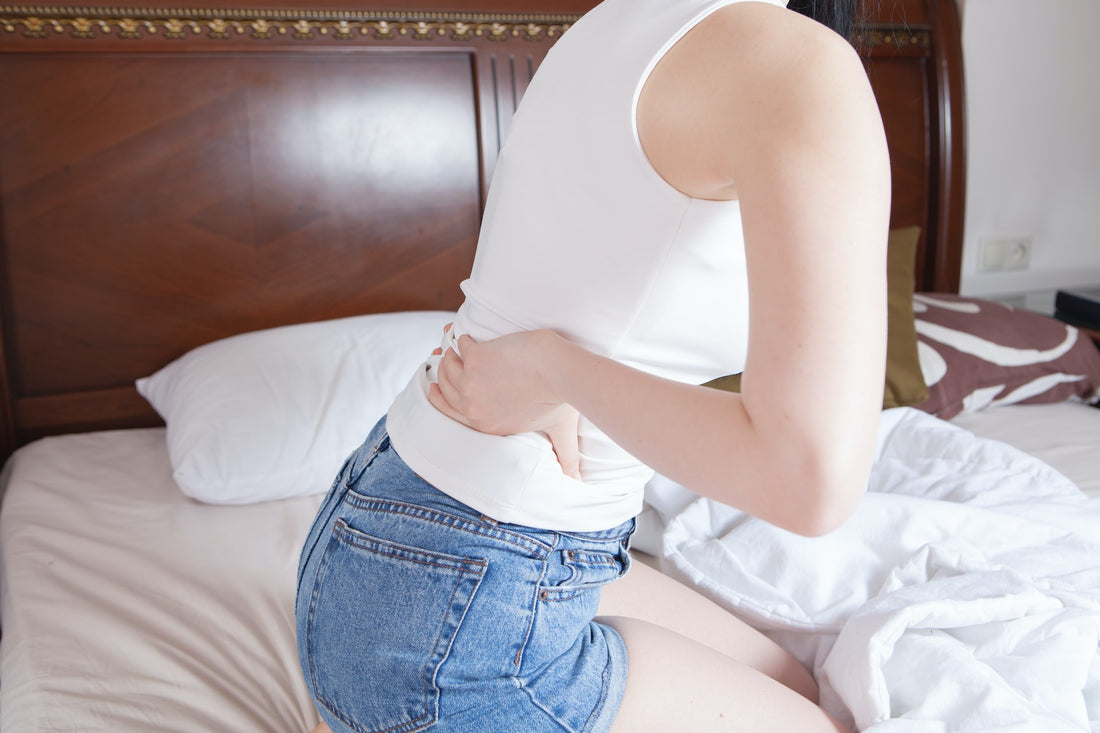Soreness is a common experience after physical activity, and it can range from a mild discomfort to severe pain. But what causes soreness, and what can we do to help ease it?
When we engage in physical activity, our muscles undergo microscopic tears and inflammation. This is a normal part of the muscle-building process, and it is what helps our muscles to grow stronger and more resilient. However, this process can also cause soreness, particularly if we engage in a new or intense activity.
Types of Soreness
There are a few different types of soreness that we may experience after physical activity. The most common is delayed onset muscle soreness (DOMS), which typically peaks 24 to 48 hours after exercise. DOMS is caused by the inflammation and microscopic tearing that occurs in the muscles during exercise.
Another type of soreness is acute muscle soreness, which is a more immediate response to exercise. This type of soreness is typically caused by lactic acid build-up in the muscles during exercise.

Easing the Pain
So, what can we do to help ease soreness or prevent it? Here are a few tips:
-
Warm up before exercise: Warming up can help to increase blood flow to the muscles and prepare them for activity, which can help to reduce the risk of soreness.
-
Cool down after exercise: Cooling down can help to reduce muscle stiffness and soreness, and can also help to prevent injury.
-
Stretch: Stretching can help to improve flexibility and reduce muscle stiffness, which can help to prevent soreness.
-
Use foam rolling: Foam rolling can help to reduce muscle stiffness and soreness by releasing tension in the muscles.
-
Get enough sleep: Adequate sleep is important for muscle recovery and can help to reduce the risk of soreness.
-
Eat a balanced diet: A balanced diet that includes plenty of protein and other nutrients can help to support muscle recovery and reduce the risk of soreness.
-
Stay hydrated: Proper hydration is important for muscle recovery, and can help to reduce the risk of soreness.
In conclusion, soreness is a normal part of the muscle-building process, and it is caused by the inflammation and microscopic tearing that occurs in the muscles during exercise. There are a few different types of soreness that we may experience after physical activity, including delayed onset muscle soreness and acute muscle soreness. To help ease soreness or prevent it, we can warm up before exercise, cool down after exercise, stretch, use foam rolling, get enough sleep, eat a balanced diet, and stay hydrated. By following these tips, we can help to reduce muscle stiffness and soreness, and support muscle recovery.

